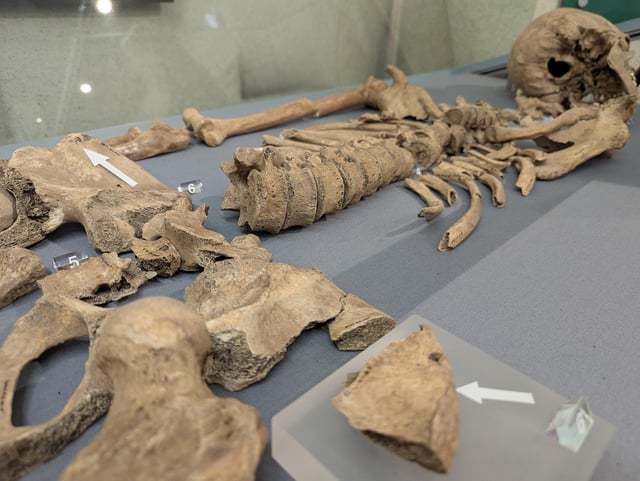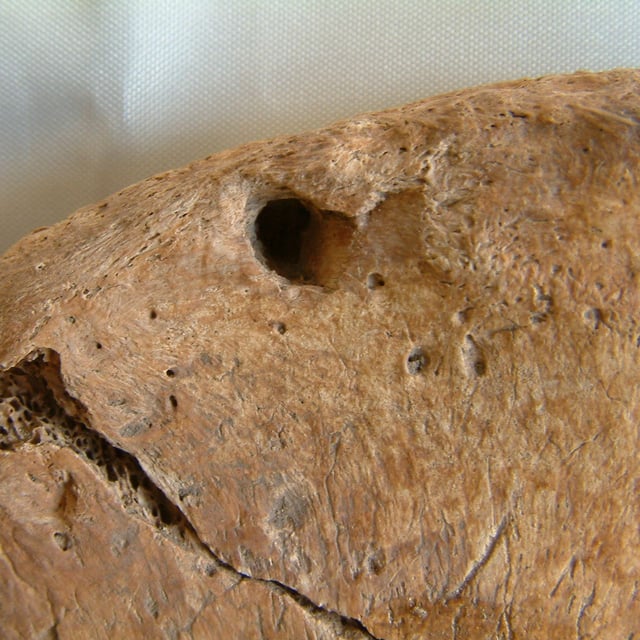Overview
- A forensic study published in PLOS One identified lion bite marks on a Roman-era skeleton excavated in 2004 at Driffield Terrace, York.
- The findings mark the first physical evidence of venationes—gladiatorial combat with animals—extending to Roman Britain.
- The skeleton, belonging to a muscular man aged 26–35, showed injuries consistent with repeated combat and labor, supporting the theory he was a gladiator.
- Driffield Terrace is now interpreted as a rare gladiator cemetery, with decapitated burials and other unique funerary practices.
- The skeleton, now on display at York's DIG museum, underscores the reach of Roman spectacle culture and the logistics of transporting exotic animals like lions across the empire.


